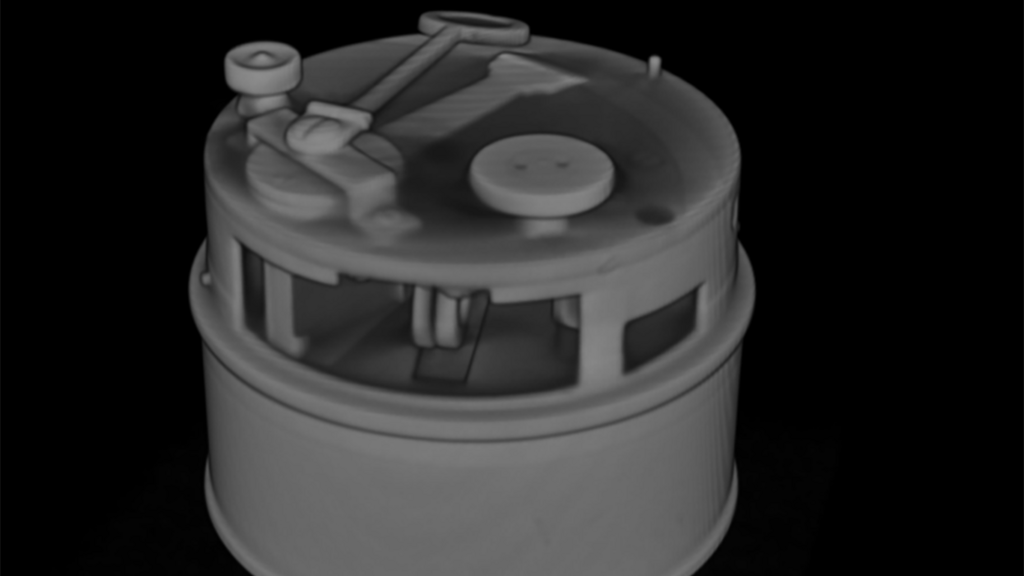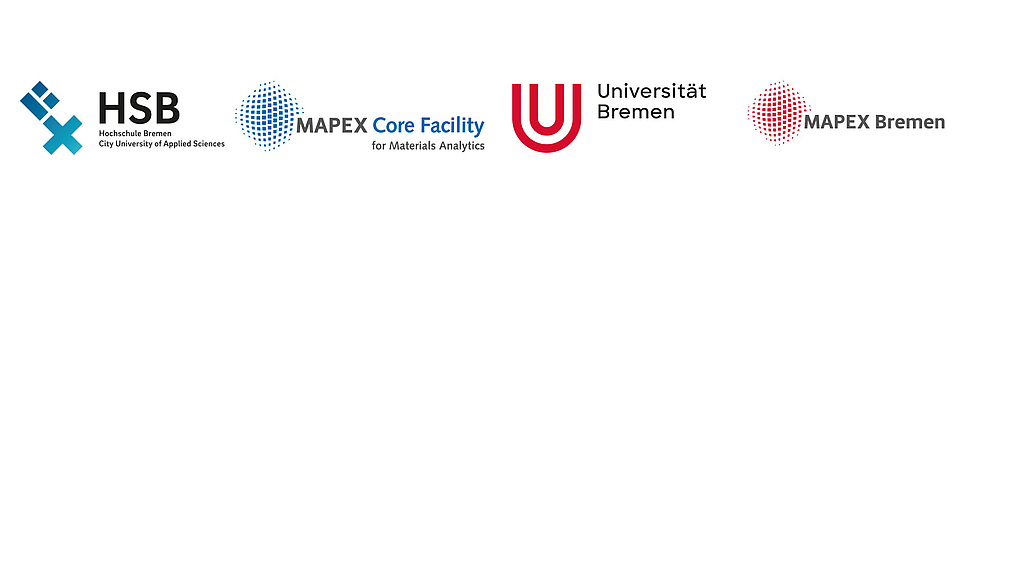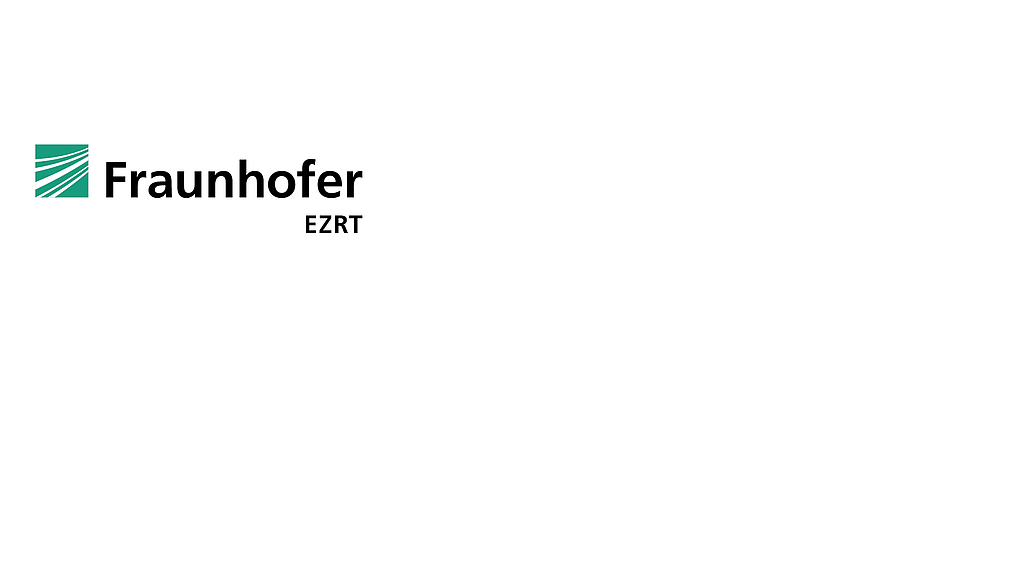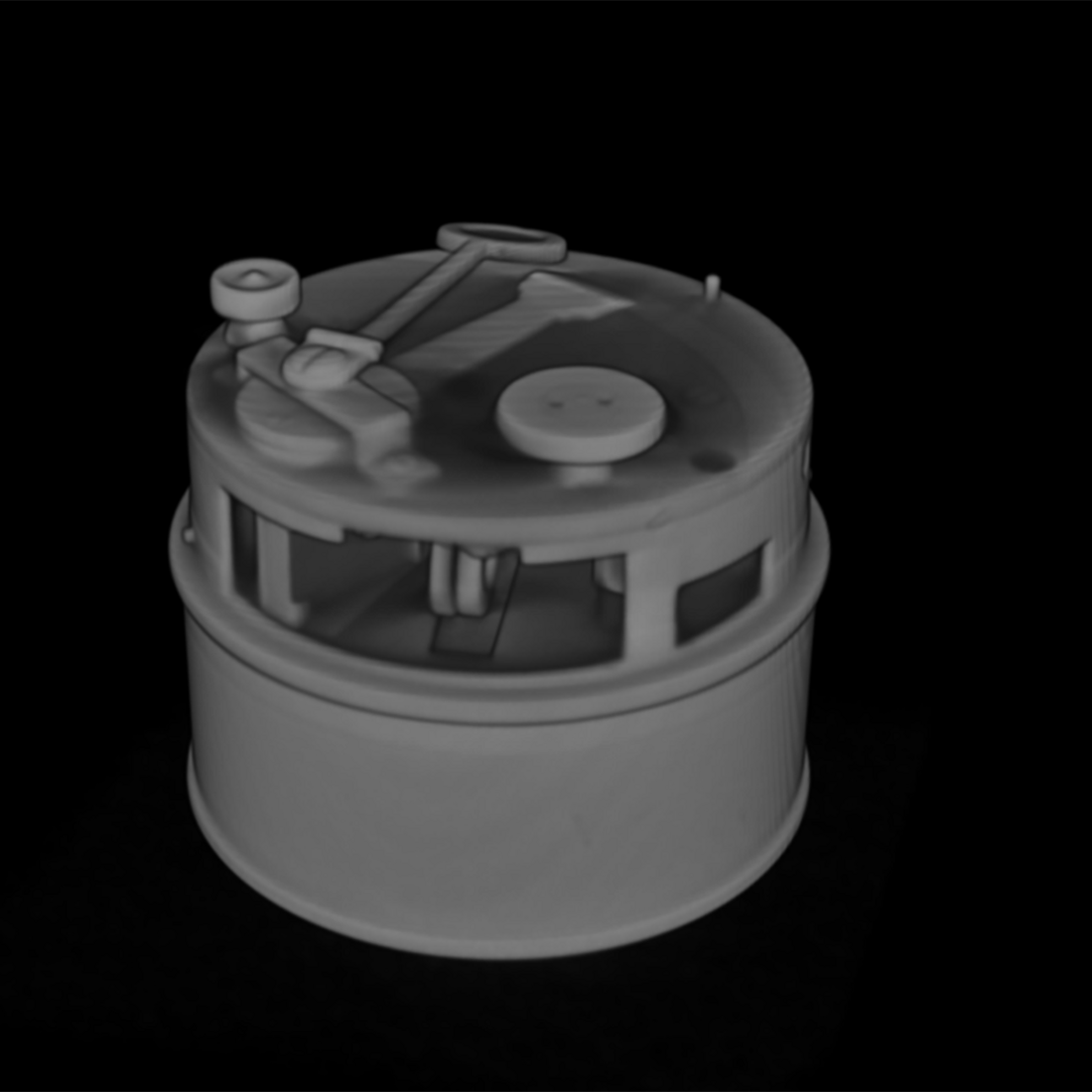Seaman’s Gear Hackathon: Bringing historical exhibits to life digitally
The German Maritime Museum / Leibniz Institute for Maritime History (DSM) is organizing a two-day hackathon and visualization workshop in cooperation with Faculty 4 (Electrical Engineering and Computer Science) of the Bremen University of Applied Sciences (HSB) and the MAPEX Center for Materials and Processes of the University of Bremen. The hackathon is open to students from Bremen and the surrounding area and will take place under the motto "Seaman's Gear" on October 8 and 9 at HSB. The aim is to enable the online presentation of visualized technical devices with the help of open source applications.
Using the example of a simple technical object, a chronometer, a barometer or a pocket sextant, animated visualizations will be developed to explain the technical functionalities of the objects in the best possible way. In addition, innovative programming will be used to demonstrate ways in which these fascinating objects and the characteristic materials they are made of can be conveyed in digital exhibitions and in digital applications for real exhibitions.
Based on 3D scan data and photogrammetric images, participants will create an animated virtual representation of the historical devices. As a basis for this, the data will be made available as open source material. Students from Bremen and the surrounding area are invited to actively participate. Basic knowledge in Unity or Blender is desired for participants and can be deepened during the workshop. Advisory support is provided by the data producing and processing project partners MAPEX and DSM from the SAW-Transfer research project Digital Materialities as well as by the expertise of the chair of mathematics/image processing at the University of Passau.
Short presentations on the individual historical exhibits and their use will introduce the participants to the topic of the data generated from them by X-rays and CT scans or photogrammetric images. Afterwards, invited software experts will present the possibilities of displaying objects using their previous software developments as examples and explain the linking possibilities for virtual exhibitions. Afterwards, the participants will have the opportunity to program their own application based on an object of their choice, which will include both the digitized version of the respective object and other relevant data. In exchange with the experts, they can develop this further. The (interim) results will be documented on an online platform in blog format.
The project is funded by the Research Hub "Evidence Regime" in the research network "Value of the Past". Lab 1.2 Materiality - Mediality deals with the topic of "Digital Materiality" and the question of digital copies of real objects and the insights gained from them. One focus is the integration of real exhibits and their digital copies in exhibitions, especially in the Leibniz Research Museums, of which the DSM is one.
Program
12 p.m. Arrival at the room
1 p.m. Welcome by Bremen University of Applied Sciences and the German Maritime Museum
followed by a keynote lecture on the exhibits and introduction to scanning/visualization techniques
2:30 p.m. Division into teams and setting up of workstations
8 p.m. Dinner
Sun., 8 a.m. Breakfast and snacks (optional)
2 p.m. Presentation of results
4 p.m. Presentation by software experts and opportunity to exchange ideas
6 p.m. End of event
What: Hackathon and visualization workshop with image data based on X-ray and CT scans.
When: October 8 and 9, 2022.
Where: Bremen University of Applied Sciences (HSB), RoomI032 A-C am ZIMT, Flughafenallee 10
Participation and catering free of charge.
Contact

X-ray or CT scan visualization of a pocket sextant with Rubens software.
Photo: MAPEX / DSM
Scan: EZRT
Cooperation partner
-


